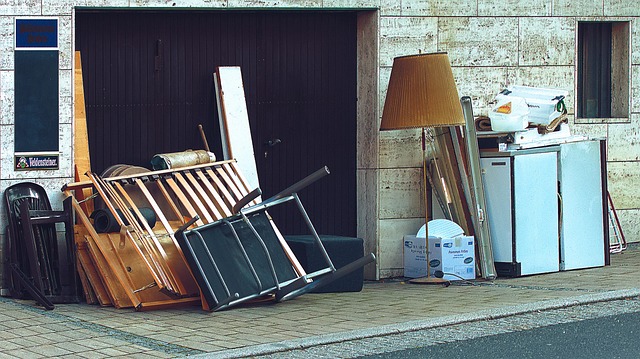Effective Yard Waste Removal and Recycling practices are essential for environmental sustainability, reducing landfill waste, and promoting healthier ecosystems. Organic materials like grass clippings, leaves, and branches can be composted or recycled through programs that turn them into nutrient-rich soil and wood products. These eco-friendly methods not only simplify disposal but also contribute to a greener community and more vibrant outdoor spaces.
Tired of struggling with lawn debris? Effective yard waste removal and recycling methods are key to maintaining a beautiful outdoor space while minimizing environmental impact. This guide breaks down the different types of yard waste, offering efficient disposal techniques for a greener approach. Explore innovative recycling ideas that transform grass clippings, leaves, and more into valuable resources. Discover how simple changes in your yard maintenance routine can make a significant difference for both your landscape and the planet.
- Understanding Yard Waste: Types and Their Impact
- Efficient Disposal Methods for a Greener Approach
- Creative Recycling Ideas to Reduce Environmental Footprint
Understanding Yard Waste: Types and Their Impact

Yard waste, a term that encompasses a range of organic materials derived from gardening and landscaping activities, plays a significant role in environmental sustainability when properly managed. This includes items such as grass clippings, leaves, branches, and plant debris. Understanding the types of yard waste is crucial for effective disposal and recycling strategies. Different materials have distinct impacts on the environment; for instance, leaving clippings on the lawn can provide essential nutrients, while improper disposal of larger branches contributes to environmental clutter and potential safety hazards.
Effective yard waste removal involves recognizing these various components and employing suitable methods accordingly. Recycling and composting are eco-friendly options that reduce landfill waste and foster a healthier ecosystem. Grass clippings and leaves can be transformed into nutrient-rich compost, enhancing soil fertility. Branches and larger debris may be recycled through chipping programs, providing material for path construction or wood products. Adopting these practices not only simplifies yard waste disposal but also contributes to a more sustainable and environmentally conscious community.
Efficient Disposal Methods for a Greener Approach

In today’s eco-conscious world, efficient disposal methods for lawn debris are more important than ever. Yard waste removal isn’t just about keeping your yard tidy; it’s a crucial step towards a greener approach. Instead of simply bagging and disposing of clippings and leaves, consider recycling these materials. Composting is an excellent practice that turns yard waste into nutrient-rich fertilizer, benefitting your lawn and reducing the amount sent to landfills.
Many communities offer yard waste collection programs or have designated drop-off sites for recycling. These initiatives promote sustainable practices by turning debris into valuable resources. Not only does it reduce environmental impact but also encourages a more holistic approach to lawn care, fostering a healthier and more vibrant outdoor space.
Creative Recycling Ideas to Reduce Environmental Footprint

In today’s eco-conscious world, creative recycling ideas for yard waste removal and disposal are not just beneficial but essential. Instead of sending lawn debris to landfills, consider transforming these remnants into valuable resources. For instance, organic materials like grass clippings and leaves can be composted, enriching your garden soil with nutrient-rich compost. This simple act reduces the environmental footprint associated with Yard Waste Removal while fostering healthier plants.
Furthermore, recycled yard waste can be used for various innovative purposes. Wood chips derived from pruned branches and trees can serve as a natural mulch, suppressing weeds and conserving moisture in flowerbeds. Even smaller fragments can find new life as mulch for potted plants or as material for creating eco-friendly pathways in your garden. These practices not only cut down on waste but also contribute to a more sustainable and harmonious outdoor environment.
Lawn debris disposal doesn’t have to be a chore. By understanding different types of yard waste, adopting efficient disposal methods, and exploring creative recycling ideas, you can contribute to a greener environment while streamlining your outdoor maintenance routine. Implement these practices for effective yard waste removal and recycling, making your home and community more sustainable.














